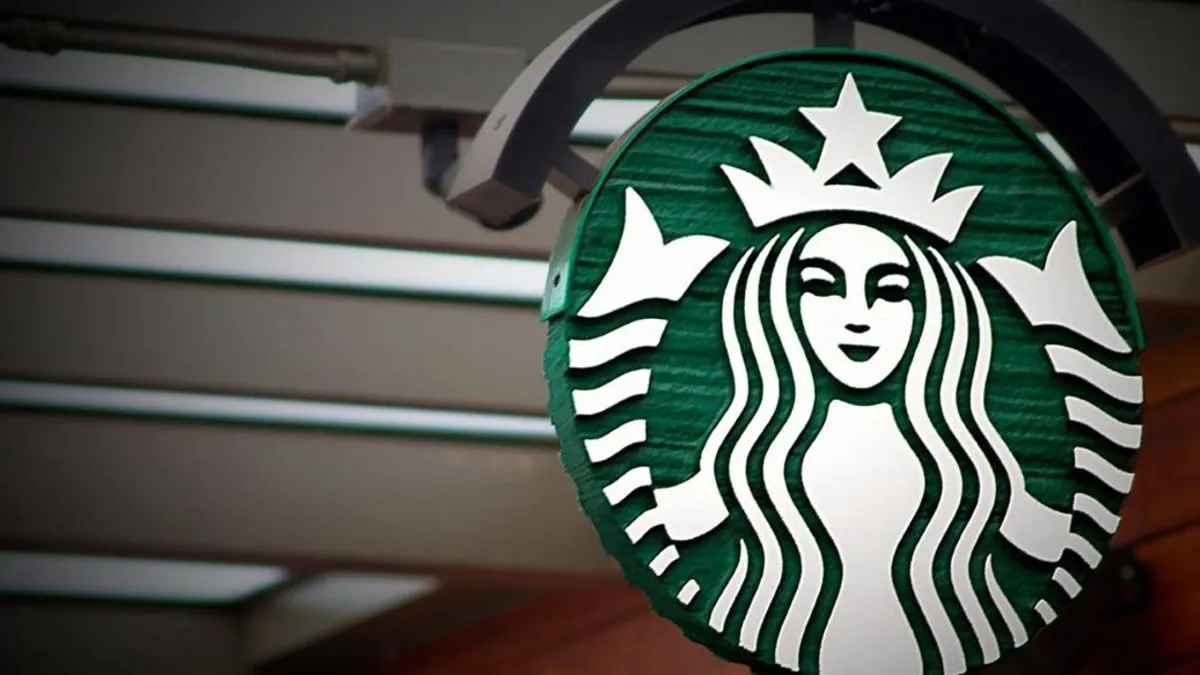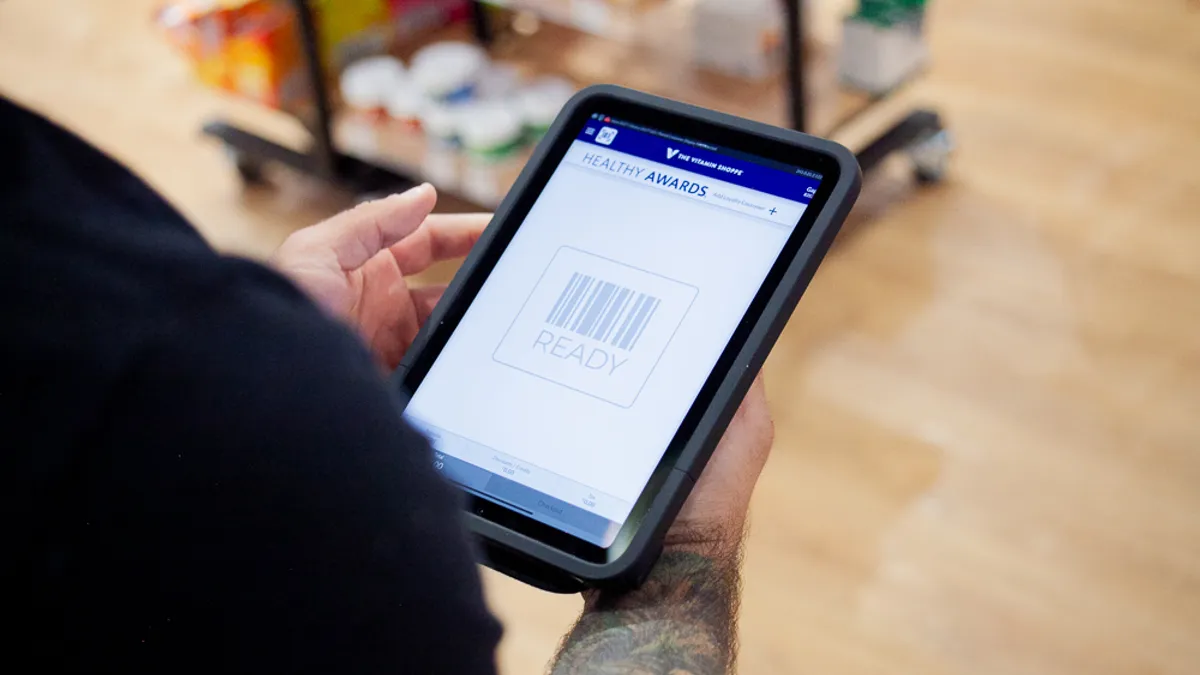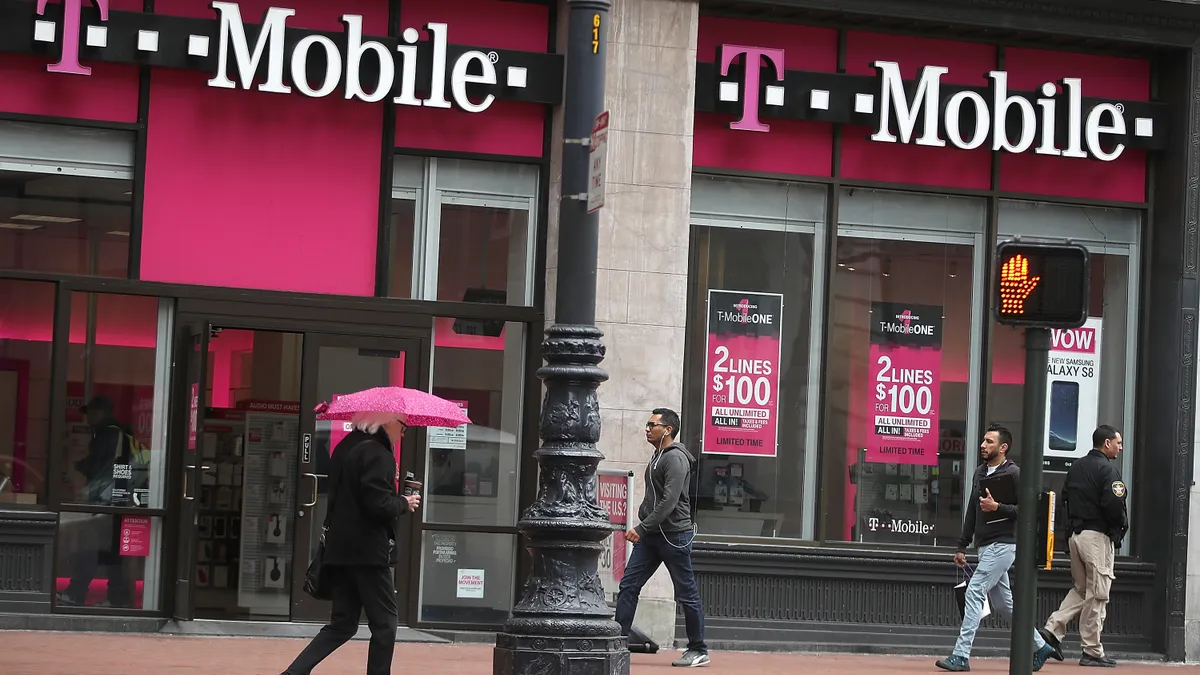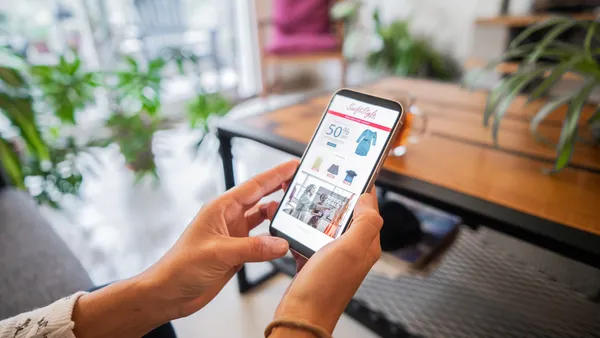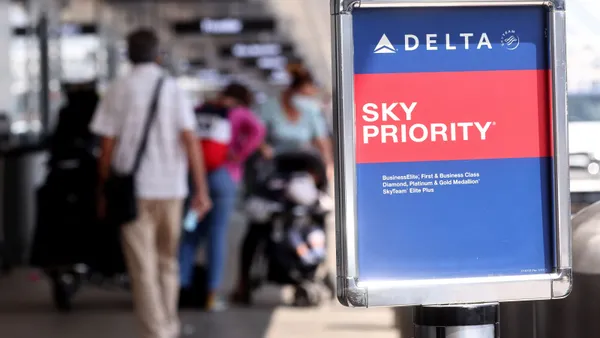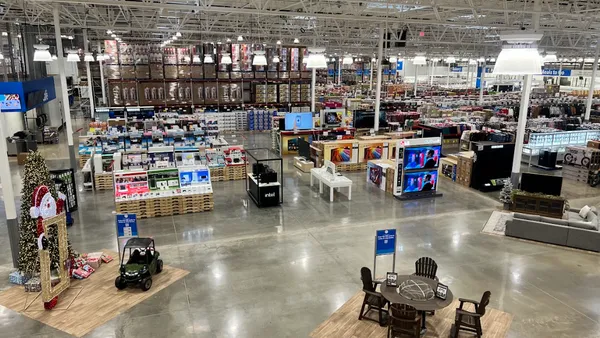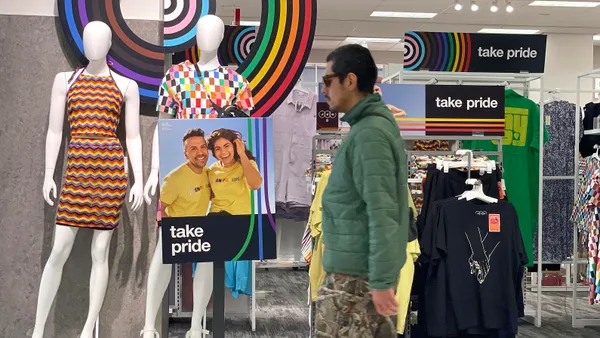Dive Brief:
- Starbucks is rethinking how it prioritizes mobile, in-store and drive-thru drink orders to improve throughput and better meet customer expectations, CEO Brian Niccol said on a Q1 2025 earnings call Tuesday.
- The company is piloting an in-store prioritization algorithm at three stores and is exploring other technology to speed up the drink-making process. Starbucks is aiming to fulfill in-person orders within four minutes and mobile orders in 12 to 15 minutes at the latest, according to Niccol.
- Improving order fulfillment times won’t solve all of Starbucks’ problems, but it will significantly improve customer satisfaction, according to Neil Saunders, managing director at GlobalData Retail. Speedier service could improve traffic, sales and profits as well.
Dive Insight:
The Starbucks mobile app is popular enough that it can interfere with associates’ ability to complete in-person drink orders.
Previously, mobile orders didn’t follow a special sequence, according to Niccol. Instead, drinks were made on a first in, first out basis.
As a result, mobile orders can “come flooding in faster than even our customer can get there,” Niccol said. “So all these drinks are sitting on the counter, and it’s at the expense of providing any other experience for a customer that’s right in the store.”
The high volume of mobile orders isn’t a new problem for Starbucks.
More than 3 in 10 drink orders came through the mobile app in the second quarter of 2024, former CEO Laxman Narasimhan said on an April 2024 earnings call. The struggle to keep up with order volumes led to a “mid-teens percent” of mobile orders going uncompleted in the second quarter of 2024.
Starbucks started rolling out the Siren System, special equipment designed to speed up drink making, in 2022. However, leaders have since pinpointed processes, not capacity, as the main culprit for slowdowns.
“It's a new learning that we picked up over the last couple of months, specifically as we've gotten very focused on getting the four-minute solution and bringing order to mobile ordering,” Niccol said.
The algorithm used in the pilot prioritizes orders placed in the cafe.
“What we're after is getting rid of that kind of that choke point that happens around the counter, and it really happens because right now mobile ordering is just a first-in, first-out proposition, and we got to fix it,” Niccol said.
Starbucks’ plan to prioritize in-person orders makes sense, according to Saunders. Customers who make the effort to visit a store come with the expectation that they can get in and out without a delay. In contrast, customers who order online are less likely to be rushed.
“With mobile ordering, the app can let people know the wait time, and that manages their expectations,” Saunders said in an email. “Online orders can also be placed ahead of time if needed, so there is more flexibility for the customer.”
Reasonable wait times differ between in-person and online orders, according to Niccol. Someone inside the cafe or waiting at the drive-thru should get their drink in four minutes or less, and Starbucks has found a mobile fulfillment time of 15 minutes is acceptable — but beyond that, customers start abandoning orders.
App users can expect ordering improvements as well, according to Niccol. Starbucks plans to roll out scheduled mobile orders, as well as a midyear update that will simplify customization options and provide real-time updates to the total cost as customers adjust their drinks.



